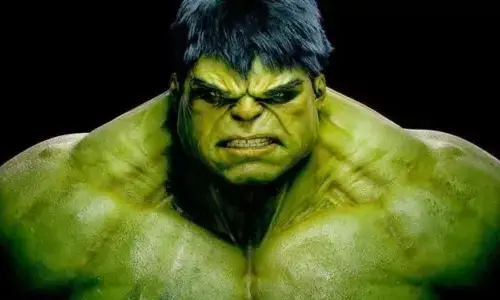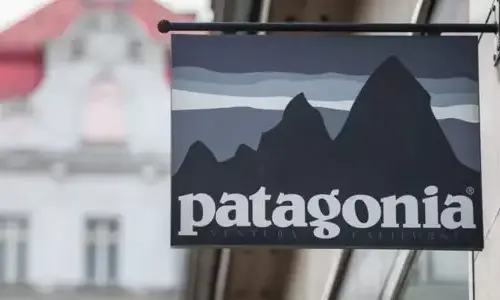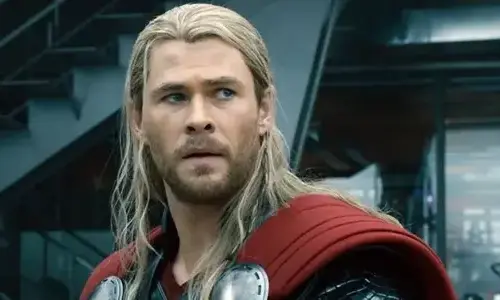A Japanese soldier takes 29 years to surrender after WWII
As the readers of my article can know, I am quite interested in World War II.
It introduces the worst humanity, but also the best.
World War II gave us many interesting stories like many interesting characters.
The focus of today's article is a story about a Lieutenant Hiro Onoda of the Japanese Royal Intelligence Corps.
Brief mission and deployment

Born in 1922, Hiroo Onoda lived a quiet life until 18 years old, where he participated in the Japanese Royal Army Infantry, continuing to train as an intelligence worker in the special grade class "
Here, he studied a guerrilla war and gathered smart.
On December 26, 1944, Hiro was sent to Lubang Island in the Philippines with orders hindering the attacks of enemies on the island, including destruction of Airstrip and harbor pier.
The commanders of Onoda, Major Yoshimi Taniguchi, gave him orders to live outside the land and forbade him to surrender or die with their hands.
He said "It may take three years, maybe five years, but whatever happens, we'll be back to you. Until then, as long as you have a soldier, you will continue to lead them
Onoda landed on Lubang Island and involved a group of Japanese soldiers previously sent there on another mission.
The officers in the group of these soldiers surpassed Onoda, so they refused him to fulfill their mission.
The result of the pier and Airstrip remained intact, the common task force of the common forces of the US and the Philippines could easily land on the island and put it in late February 1945.
In a short period of allied landing, all except Ondoda and three other soldiers died or surrendered.
As a soldier with the highest ranking in the small group, Onoda ordered his squad to flee into the hills.
The mission begins as the war ends

After the defeat of the main forces of Japan, Onoda and his three men made a Guerrilla war campaign, participating in shooting with local police many times.
In October 1945, Onoda and his squad saw a flyer to announce that Japan surrendered.
After that, after they killed a cow to eat, they found a leaflet left by the island people saying that "the war ended on August 15. Go down from the mountains!"
However, Onoda does not trust the leaflet immediately.
Onoda and the crew deduced the leaflet must be the propaganda of allies, a way to trick them to surrender - something onoda is following strict orders not to do.
The group also believes that their constant shooting with police is a war evidence that is still going on.
At the end of 1945, the leaflet was AirDrrop on Lubang Island with a print-selling order from Tory Tomoyuki Yamashita of the fourteenth.
The group was hiding for more than a year, and after checking the closer leaflets, they decided it was fake and choose not to surrender.
Do not know about the atomic bombs falling into Hiroshima and Nagasaki, the right group believes that it is difficult to happen that Japan will surrender.
A long-term campaign of suspicion

In 1949, one of the three men of Onoda, Yuichi Akatsu privately, leaving the group and surrendered to the Philippines forces six months later in 1950.
This makes the remaining three soldiers become more cautious and more paranoid.
In 1952, the aircraft expanded the search parameters, the letters drop air and family images urged the soldiers to surrender, but once again three soldiers were convinced this a trick.
In June 1953, one of Onoda's men, Shoichi Shimada of Onoda, Shuichi Shimada was shot at the foot in a shooting with local fishermen, whom he said to be soldiers of enemies
However, in May 1954, Shimada was shot and killed by a search party after he opened fire into his potential rescue people.
Onoda and a remaining man, a Kinshichi Kozuka class, brought a terrorist campaign of the locals until 1972.
In 1972, Kozuka was shot and killed when he and onoda burned a rice warehouse belonging to a farmer that they suspected in the tournament with "enemies" no longer existed.
An Intrepid explorer ended on onoda

This only Onoda left his duties until 1974 when a Japanese explorer, Norio Suzuki, found Onoda.
After locating the legendary Japanese soldier, wearing a rag of Japanese army ragged, the two became friends.
However, Onoda still refused to surrender.
So Suzuki, heard Onoda's story from the man himself, lying for former commander of his commander, Major Yoshimi Taniguchi.
Complete your promise for decades ago, former ONODA orders.
Onoda greeted the Japanese flag, then awarded the main Katana, the 99 Arisaka rifle was also in his activities, some bullets, some grenades and family daggers.
Although it was responsible for the death of more than 30 innocent people in his campaign, Onoda was officially given an amnesty of the Philippines when he believed the war was still happening.
Go home to another country

When returning to Japan, Onoda is an overnight celebrity.
However, he found it difficult to adjust life in another country compared to the person he left all the years ago.
He wrote and published an autobiography in 1975, before leaving Japan to Brazil, where he became a livestock farmer and then opened a series of Japanese survival schools.
In an interview near the end of life, Hiroo Onoda said:
"Every Japanese soldier has prepared for death. But as an intelligence worker, I was ordered to conduct a guerrilla war and didn't die. I became a officer, and I received an order
Hirooo Onoda was peaceful in 2010, age 91.
 52ºc, New York
52ºc, New York







